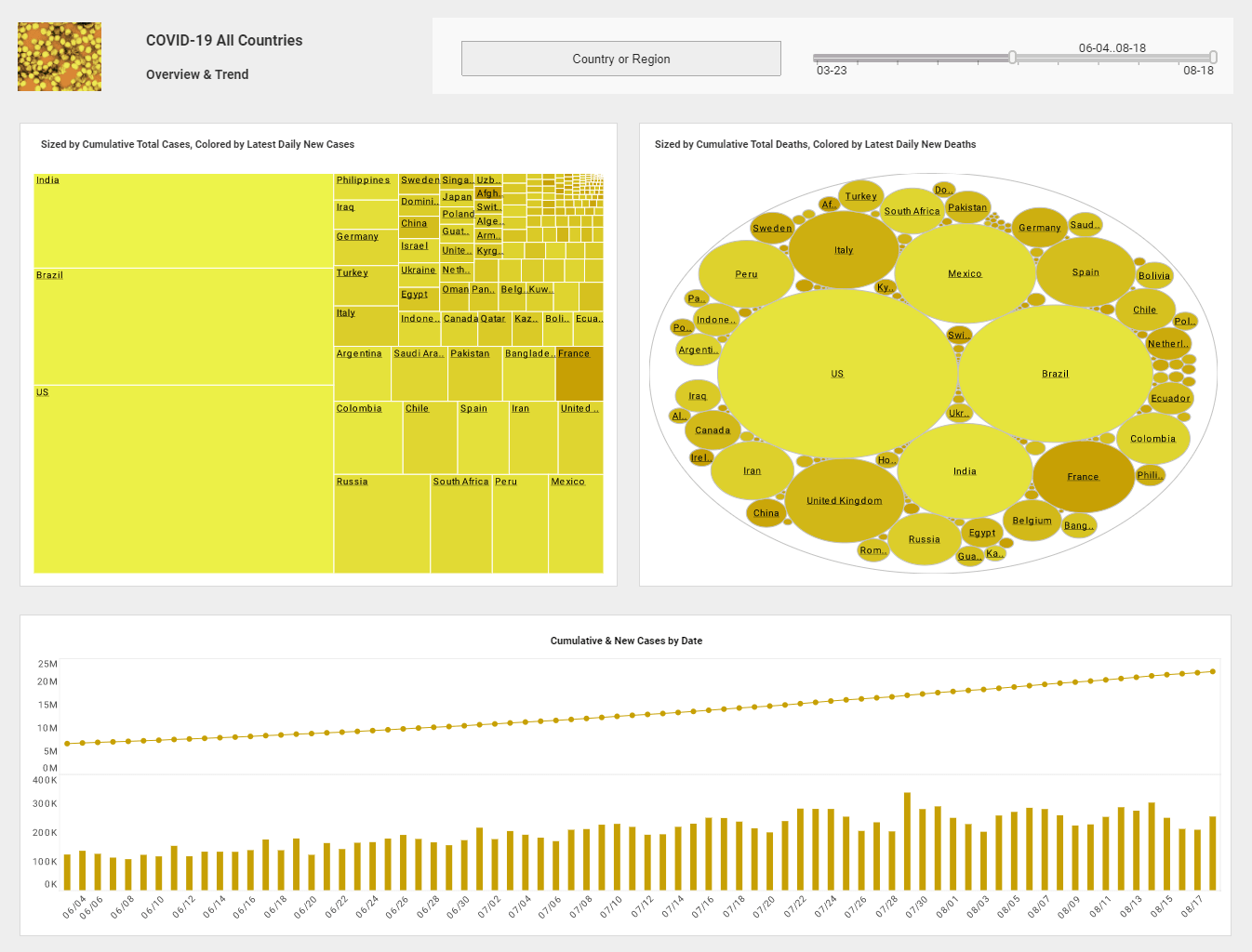Setting Up a Successful BI Strategy
This is the continuation of the transcript of a Webinar hosted by InetSoft on the topic of "Agile BI Best Practices." The speaker is Mark Flaherty, CMO at InetSoft.
In setting up a successful BI strategy in an organization, what are the key success factors necessary for this?
Be sure to talk to the end user side. From what we have read and seen and studied and heard from our accounts, understanding the problem being solved, that’s really critical. And BI can be distributed in an enterprise fashion, but especially as you get to tactical staff and deal with analytics, it’s about solving problems. The problem is you have different types of users.
They have questions, and I think number one is understanding what questions need to be answered. What are the business people actually trying to do and how can data help them answer those questions? Then who needs to answer these questions? Some people need a richer set of information and can handle that. Others need something really simple.
If you are putting this out to sales people, it ought to be really simple. If you are putting it to a marketing analyst, it should be pretty rich. So the same data answering questions depending on who it is. The BI application has to have different looks and feels to it. And when and where are they going to answer these questions? There is a whole mobile thing. If they are walking around with a tablet PC, or they are out in the field working on a tablet PC, or they are sitting in the office, maybe at client server arrangement works.
Understanding the Problem Being Solved
When and where they are actually trying to answer these questions? And then another question, we always think it's really important is, why can’t they answer these questions today with the tools already in place? I mean agile BI is not trying to replace traditional reporting systems. They are trying to complement them, and a new paradigm to enable people to do things in ways they weren’t able to do before. So a key question is not just what they are trying to do, but why haven’t they been able to do it? And the derivative questions would be what enables them to do that effectively?
And another key question is, how is change going to happen, once the questions are answered? Because, okay now we get these answers to questions, some of this is going to impact strategy. It’s going to impact organizational design, layout, roles, and management needs to be open once the story starts coming from the data to make effective change.
We have a client, for example, where we did a lot of work on their marketing campaigns, and we found out that a lot of their mail, phones, and even some of the emails were largely ineffective, like literally 70% of it. 30% was highly effective. So you can clearly see that some messaging and some media were working. We could identify segments and improve yield, but a lot of that had to be stopped.
But you then get organizational resistance because there are teams of people who create the mailings, do the phone in a traditional way, and they don’t like the change. So another piece of this if we take this full cycle, it's management. They certainly need to be empowered and then make the change that the agile BI data has enable the staff to see.
And again there are three pillars to this that the team needs quick and flexible access to data. We saw earlier, dashboards should take days not weeks to develop it, and I would say, hours, not weeks to get updates. And if the data changes, that ought to be easy to integrate and mash up. Intuitive display, easy interaction, there are a lot of new technologies on the market which make it easy to see the data, interact with it.
Successful BI strategies also require ongoing collaboration between IT and business stakeholders. Establishing clear communication channels ensures that technical teams understand business objectives and that business users are aware of data limitations and possibilities. This partnership helps prioritize initiatives that deliver the most value and fosters a culture of continuous improvement.
Another important factor is scalability. As organizations grow and their data needs evolve, the BI infrastructure must be flexible enough to accommodate new sources, larger volumes, and more complex analytics. Investing in scalable tools and architectures from the outset can prevent costly overhauls and disruptions down the line.
Finally, user adoption is critical. Even the most sophisticated BI solutions will fail if users do not embrace them. Providing training, intuitive interfaces, and responsive support encourages engagement and empowers users to leverage data in their decision-making. Regular feedback loops can help refine the system and ensure it remains aligned with user needs.


